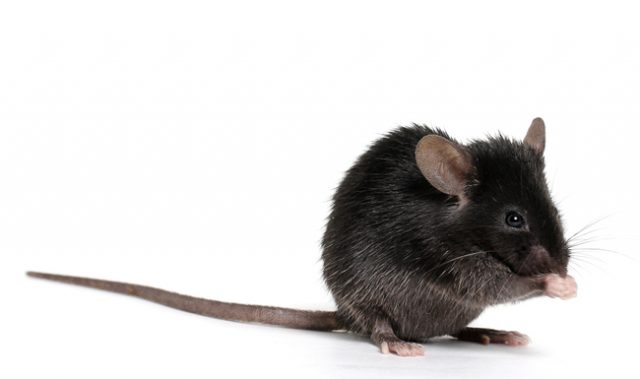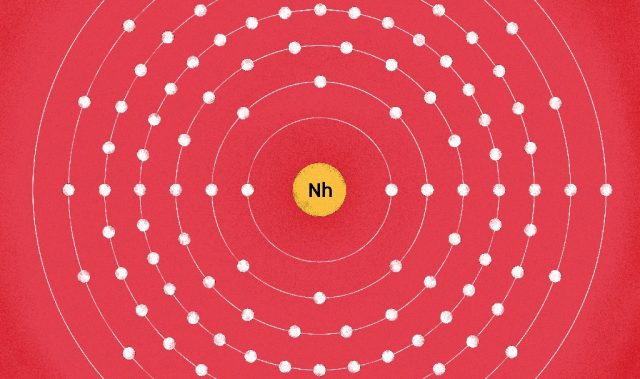
AsianScientist (Dec. 12, 2016) – Researchers in Japan have developed a way to engineer glycan complexes that allows the molecules to be transported to specific organs of the body. Their work was published in Advanced Science.
Chains of sugar molecules, called glycans, are found on the surfaces of cells where they play important roles in controlling cell-to-cell communications and the recognition of foreign pathogens. It has long been known that these glycans form mixed clusters of different sugars, with different patterns of sugars determining the binding to certain proteins. However, researchers did not understand whether these pattern variations were simply random or played a purpose, influencing the movement of proteins and cells through the body.
To investigate this, the researchers from the RIKEN Biofunctional Synthetic Chemistry Laboratory used a method they developed called the RIKEN click method. They selectively attached two different glycans to a common protein, albumin, in specific patterns where the sugars were ordered randomly or in a specific sequence. They then injected the resulting molecules, called heterogeneous glycoclusters, into mice.
The researchers found that the heterogeneous glycoclusters exhibited special properties entirely different from homogeneous ones, such as being rapidly transported from the gallbladder to the intestine for excretion or accumulating selectively in the liver.
According to Dr. Katsunori Tanaka, the leader of the team, this work shows that the heterogeneity of clusters does indeed play an important role in creating strong and selective binding in vivo, adding that it could lead to the development of glycocluster-based diagnostic tools with better selectivity and precision than current tracers based on peptides and antibodies.
“In the same way that burrs—and Velcro, which was developed based on the idea—attach powerfully even though each individual bond is weak, biological molecules often attach together using weak covalent bonds that together form a strong connection,” said Tanaka.
The article can be found at: Latypova et al. (2016) Sequential Double “Clicks” toward Structurally Well-Defined Heterogeneous N-Glycoclusters: The Importance of Cluster Heterogeneity on Pattern Recognition In Vivo.
———
Source: RIKEN; Photo: Shutterstock.
Disclaimer: This article does not necessarily reflect the views of AsianScientist or its staff.












